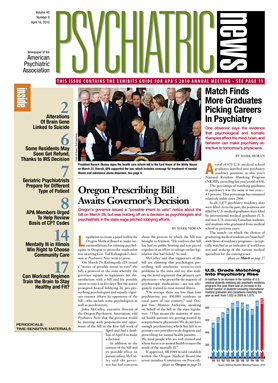Although much of the recently enacted health care reform legislation focuses on insuring lower-income Americans, a new study finds that middle- and high-income households were much more likely to shoulder a higher burden of health costs in recent years.
The study by a researcher at the Center for Studying Health System Change (CSHSC), a private nonpartisan policy research organization, was published in the March 25 Health Affairs and found that lower-income families were least likely to have faced “high burden” health costs, which the study defined as more than 10 percent of their gross income. The study used federal survey data to compare the cost of both insurance premiums and out-of-pocket health spending with gross incomes from 2001 to 2006—the last year for which data were available.
The study, by Peter Cunningham, a senior fellow at the CSHSC, found that from 2001 to 2006 the number of families below the federal poverty level (FPL) and with private insurance who faced high-burden health costs increased 17 percent. (The 2010 FPL for a family of four is $22,050.) However, the number of middle-class and high-income families facing such a challenge increased by 56 percent and 98 percent, respectively. Among the 11 million people with private insurance whose health care costs rose above 10 percent of their gross income in those six years, 39 percent were in high-income families and 48 percent were in middle-income families. Although the FPL is adjusted annually for inflation, at the current FPL, the study defined low-income households as families of four with combined pre-tax earnings of from $22,050 to $44,100; middle-income families as those earning from $44,101 to $88,200; and high-income families as those earning more than $88,200.
While the health care law signed by President Obama in March contains a range of insurance-access assistance for low-income Americans, fewer provisions aim to lower expenses for middle-income earners.
The new law offers some subsidies for middle-class people buying insurance through new state exchanges. One component is a premium subsidy, under which taxpayers will pay the difference between an insurance plan's premiums and a set percentage of the beneficiaries' income for those making up to 400 percent of the FPL, or $88,200 for a family of four. Also benefiting the middle class is a cost-sharing subsidy for out-of-pocket expenses, for which the details will be determined by regulators, but with the goal of reducing the amount that beneficiaries in the same income range have to pay out of pocket for medical expenses.
“[S]ubsidizing private coverage and expanding public coverage for lower- and moderate-income families alone is not sufficient to stem the increase in high financial burden or to reduce the variation in financial burden across states,” Cunningham wrote. “To stem the increase in financial burden among families at higher-income levels—and to sustain proposed subsidies to lower-income people—it will be essential to combine cost-containment efforts in health care along with achieving real gains in family income.”
